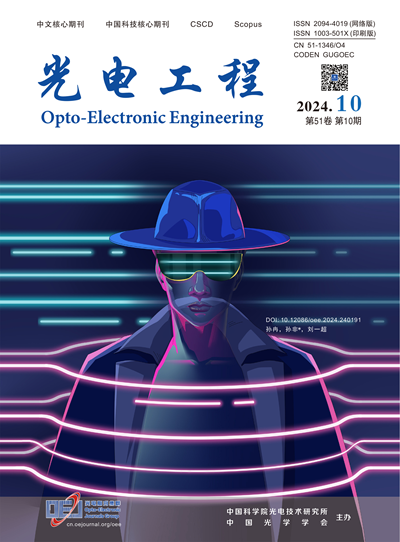基于鲁棒PCA的视觉跟踪算法
Q3 Engineering
引用次数: 0
摘要
目前几种主流的颜色名称(CN)算法都采用主成分分析(PCA)对特征进行处理。然而,主成分分析假设输入数据的噪声必须服从高斯分布,这是一个明显的缺陷。针对这一问题,本文采用鲁棒主成分分析(Robust Principal Component Analysis,简称Robust PCA)对CN特征进行处理。该方法将原始RGB色彩空间投影为鲁棒色彩空间- cn空间,即根据颜色名称将输入图像分层为11层。然后,通过鲁棒主成分分析对CN特征进行处理,使映射的图像信息集中在几层上,保留了大量的图像信息,滤除了噪声;将处理后的特征用于标准基准OTB100下的颜色跟踪帧,并设置不同的层来比较算法的性能差异。实验结果表明,在OTB100下,成功率提高了1.0%,准确率提高了0.9%。结果表明,鲁棒PCA方法能更好地发挥颜色名称特征的优势,有效地提高算法的性能。本文章由计算机程序翻译,如有差异,请以英文原文为准。
Visual tracking algorithm based on robust PCA
At present, several mainstream algorithms using color name (CN) all adopt Principal Component Analysis (PCA) to process the feature. However, PCA assumes that the noise of input data must obey Gaussian distribution, which is a conspicuous defect. Aim to address this problem, in this paper, we take Robust Principal Component Analysis (Robust PCA) to process CN features. The method projects the original RGB color space to a robust color space–CN space, which means that the input image is stratified to 11 layers according to color name. Then, it processes the CN features by the Robust PCA, so that the mapped image information is concentrated on a few layers, retaining a great quantity of image information and filting out noise. The processed feature is used for Color-tracking frame at the standard benchmark OTB100, and we set up different layers to compare the performance differences of the algorithm. The experimental results show that the success rate increases by 1.0% and the accuracy increases by 0.9% at OTB100. The result illustrates that the Robust PCA method can better bring color name feature superiority into full play and improve the performance of the algorithm effectively.
求助全文
通过发布文献求助,成功后即可免费获取论文全文。
去求助
来源期刊

光电工程
Engineering-Electrical and Electronic Engineering
CiteScore
2.00
自引率
0.00%
发文量
6622
期刊介绍:
Founded in 1974, Opto-Electronic Engineering is an academic journal under the supervision of the Chinese Academy of Sciences and co-sponsored by the Institute of Optoelectronic Technology of the Chinese Academy of Sciences (IOTC) and the Optical Society of China (OSC). It is a core journal in Chinese and a core journal in Chinese science and technology, and it is included in domestic and international databases, such as Scopus, CA, CSCD, CNKI, and Wanfang.
Opto-Electronic Engineering is a peer-reviewed journal with subject areas including not only the basic disciplines of optics and electricity, but also engineering research and engineering applications. Optoelectronic Engineering mainly publishes scientific research progress, original results and reviews in the field of optoelectronics, and publishes related topics for hot issues and frontier subjects.
The main directions of the journal include:
- Optical design and optical engineering
- Photovoltaic technology and applications
- Lasers, optical fibres and communications
- Optical materials and photonic devices
- Optical Signal Processing
 求助内容:
求助内容: 应助结果提醒方式:
应助结果提醒方式:


